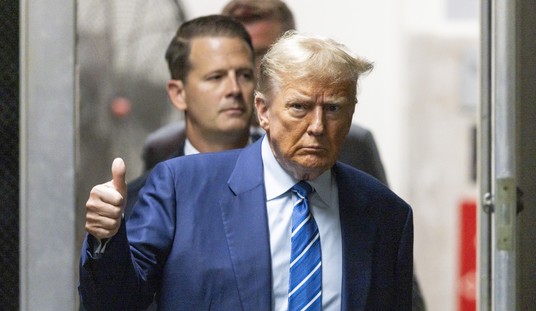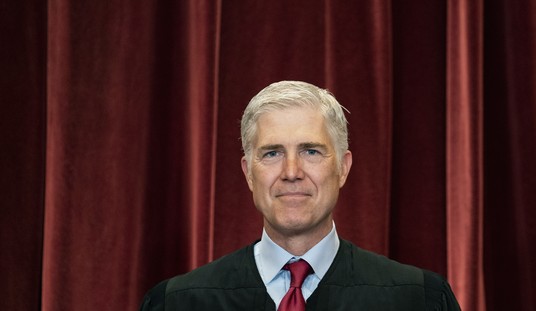1. Ferrari 250 GTO
I admitted in my Ferrari post that this is one of my favorite cars of all time. I mean, just look at it!
This GT car was produced in two distinctly styled bodies from 1962 to 1964. The ’62 and ’63 GTOs were Sergio Scaglietti designed and produced and came to be known as “series I.” In 1964, a limited number of GTOs were produced by Scaglietti, but fitted with a body designed by Pininfarina. This styling was subsequently known as “series II.” In all, thirty-six GTOs were produced.
This car is not simply famous for its Ferrari good looks or small production numbers, but for its dominance on the track. The 250 GTO had several successes: winning the GT category at Le Mans in 1962 and 1963, winning the Nurburgring 1000 km in 1963 and 1964, and taking the Tour de France in 1963 and 1964 (just to name a few).
To many car collectors, the 250 GTO has become akin to the “Holy Grail.” In 2012, a 1962 Ferrari 250 GTO that was specifically built for Stirling Moss reportedly sold for $35 million.2. Ferrari 250 Testa Rossa
Only 34 Testa Rossas were ever built over the course of the late 1950s and early 1960s. Like the 250 GTO, this “red head” also had a long and distinguished racing career.
The first Testa Rossa made its maiden race appearance at the 1957 24 Hours of Le Mans. Despite failing to finish its first race, the Ferrari was to become a dominating force on the racetrack. Variations of the Testa Rossa secured wins at the 24 Hours of Le Mans in 1958, 1960, and 1961. Phil Hill, Olivier Gendebien, and Paul Frere all had the pleasure (and thrill!) of driving Testa Rossas.
Earlier this year, a 1957 Testa Rossa was reportedly sold for $39.8 million.3. 1957 Jaguar XKSS
The Jaguar XKSS is the road version of the Jaguar D-Type; a racing sports car that took home the win at the 24 Hours of Le Mans in 1955, 1956, and 1957. This little beauty was born after Jaguar temporarily retired from racing as a factory team in 1956. No longer involved on the track, the company needed to re-purpose their unsold D-Type racers. The solution was to convert the remaining D-Types into road-going cars. They were called the XKSS. Unfortunately for Jaguar, a fire at the Jaguar Browns Lane plant destroyed several completed (and semi-completed) XKSSs, shrinking the number of viable cars to just sixteen. Jaguar never envisioned that their re-purposed XKSS would become popular—let alone a sought after sports car. Steve McQueen drove one that he lovingly called the “Green Rat.” Today, many would pay top dollar to own one.
https://www.youtube.com/watch?v=UiEPvt-rBq8
4. Aston Martin DB1 or “2-Litre Sports”
The DB1 was the first product to roll out after Aston Martin’s purchase by industrialist David Brown. Aston Martin was in a bit of a pickle in the late 1940s and was rescued by Brown’s influx of fresh cash. Designed by Claude Hill, the two-seater DB1 or “2-Litre Sports” was produced from 1948 to 1950. Only 15 were ever made
https://www.youtube.com/watch?v=-ozaJYQovQE
5. 1971 Plymouth Hemi ‘Cuda Convertible
I know we talked about the ‘Cuda last week, but I didn’t mention that its convertible variant was one of the rarest muscle cars out there. This American bad boy had a big-block V8 that was rated at 425 horsepower. Only 11 Plymouth Hemi ‘Cuda convertibles were made in 1971.
6. 1972 Porsche 916
Technically speaking, the Porsche 916 is a special variant of the Porsche 914—which in itself was the product of an interesting collaboration between Volkswagen and Porsche.
After its 1971 debut, 11 916s were built. Of these 11 cars, Porsche exported only one to the United States. It was the only car of its kind to receive U.S. certification. The loner 916 appeared for sale in Atlanta in 2010. Its price tag? $495,000. It has not been confirmed if it sold; but, if it was, it was certainly a one-of-a-kind purchase.
7. 1967/1968 Ferrari 275 GTB/4 N.A.R.T. Spyder
Ahh, one of the spider darlings of the Ferrari family — the infamous N.A.R.T. This Ferrari was only available from American Ferrari dealer Luigi Chinetti. “N.A.R.T.” stands for Luigi’s “North American Racing Team.”
Produced in 1967 and 1968, only ten were built. Chassis #10709, a 1967 one-owner 275 GTB/4 N.A.R.T., was sold in 2013 for $27.5 million.
https://www.youtube.com/watch?v=mFzKHBNNh0s
8. 1931 Bugatti Type 41 “Royale”
Is it wrong that this car makes me hum the Disney song “Cruella de Vil”? This car would be fitting for Cruella–that is for sure. Weighing in at 7,000 pounds, 21 feet in length, and packing a 778-cubic-inch (12.7L) straight-8 engine, rated between 275 and 300 horsepower, this car was a serious beast.
Ettore Bugatti envisioned the “Royale” as being the most luxurious form of road transportation money could buy. He planned to build 25 cars, marketing them to royalty and the ultra-rich. Unfortunately for Ettore, not many buyers were willing to shell out the required cash for a luxury car in the midst of the Great Depression. In the end, only six were ever made. Only three were sold.
https://www.youtube.com/watch?v=KcdQk7JBPzQ

9. 1964/1965 Shelby Daytona Cobra Coupe
The Shelby Daytona Cobra Coupe was one of the many coupe variations based off of the AC Cobra roadster. The coupe was very successful in the auto racing world, and was piloted by drivers like Dan Gurney, Dave MacDonald, and Bob Bondurant. Only six coupes were built.
https://www.youtube.com/watch?v=HUpoU0ZOhak
10. Bugatti Type 57SC Atlantic
The Bugatti Type 57 Atlantic was the sporty sister of the equally rare Bugatti Atalante and a variation on the already successful Bugatti Type 57.
The Atlantic was based off of the “Aerolithe,” a Bugatti concept car. The first car was sold to Lord Philippe de Rothschild in 1936. I have seen varying reports regarding the model name of the Rothschild car; specifically that the Bugatti did not yet carry the “Atlantic” moniker and that the second car was actually the first to carry the name. Discrepancies aside, only four Atlantics were produced between 1936 and 1938. Of the four, only two Atlantics survive today.










Join the conversation as a VIP Member